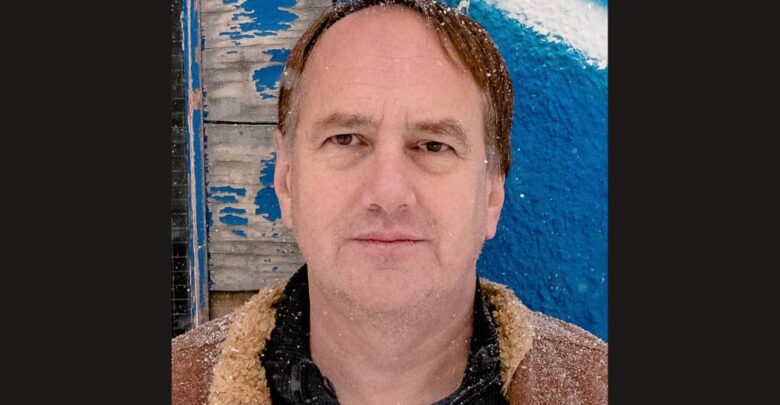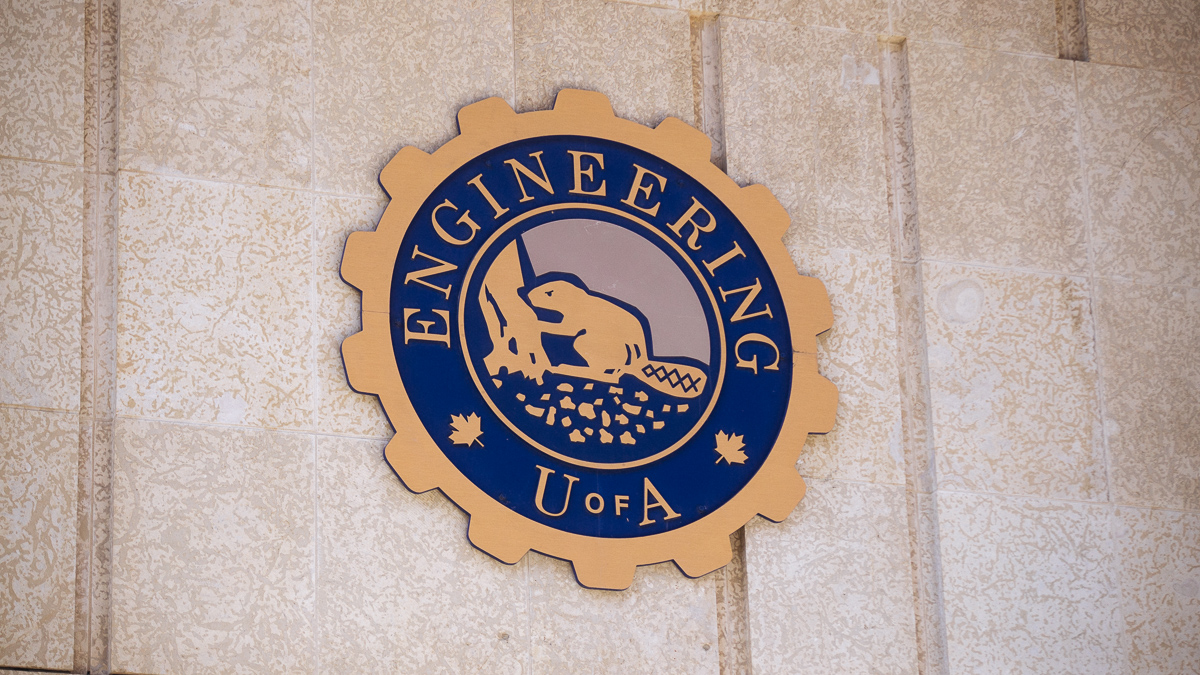Diversity in publishing is slowly increasing for BIPOC writers, U of A writer-in-residence says
“Indigenous writers —and other BIPOC writers — are being seen as being able to produce anything they wish to produce.”
 Supplied
SuppliedIndigenous writers have historically been ignored in the traditional publishing industry, according to Wayne Arthurson, the 2023-24 writer-in-residence at the University of Alberta. However, as a literary agent for the Rights Factory, Arthurson thinks that diversity within the publishing industry is slowly increasing for equity-seeking groups.
In the past, publishers in North America only represented a couple of Indigenous writers, Arthurson said.
“There [were] a few here and there, but they put a lot of their marketing efforts on one or two [writers],” he explained.
In addition, Arthurson said the writing itself was mainly concentrated on negative aspects of the Indigenous experience.
“I think in the past, there was more or less [the] trauma kind of writing,” Arthurson said.
Arthurson acknowledged the impacts of residential schools and assimilation policies on Indigenous artists’ work. But, many writers also wanted to explore “other things about the growth, future, and the positivity [of Indigenous communities].”
Indigenous writers creating a “wide range of stories,” Arthurson says
As a literary agent, Arthurson said he’s seeing more variety in the work of the Indigenous writers he represents.
“I think there’s more novels, and even non-fiction works, that are acknowledging the past, but looking hopeful towards the future,” Arthurson said. “Not just the typical trauma story. Just a wide range of stories, regardless of whether there’s dark things in it or not.”
This diversity in genres and topics extends to Black, Indigenous, and people of colour (BIPOC) writing for the publishing industry, Arthurson said.
“Indigenous writers — and other BIPOC writers — are being seen as being able to produce anything they wish to produce. Instead of being slotted into [a category]. Which did happen, and still somewhat happens, in the publishing industry,” Arthurson said.
Diversity in publishing industry is translating to newer works of art for audiences, Arthurson says
According to Arthurson, BIPOC writers’ divergence from typical tropes in literary fiction, and indulgence in a wide variety of genres — such as horror and crime fiction — is creating new material for readers.
“And I think that’s really creating a lot of interest in making the publishing industry a lot more exciting,” Arthurson said.
“We’re not just getting the typical story set in New York [with a] coming-of-age young man who’s struggling with college and darkness, or whatever,” he added. “There’s more diversity in publishing. Which [has] people going ‘oh, that’s a great story.’”
As well, there is work being done to make sure people have ties to the point-of-view from which they are writing from. Arthurson mentioned the controversy with the novel “American Dirt.” This novel came under fire because its self-identified white author wrote a book on the experiences of Mexican refugees.
According to Arthurson, this diverse work is also being translated to television and movies. He mentioned the Indigenous television series Reservation Dogs as an example. Arthurson also discussed Dark Winds, a television series with an extensively Indigenous crew and writers. He said the writers took basic mystery tropes and “twisted them” to reflect more on Indigenous values and lifestyle.
Publishing industry stills lacks diverse editors and agents, Arthurson says
As a writer, Arthurson said he got into the industry at a “lucky time, where things were open.” However, he said there is still a shortage of Indigenous writers, editors, and agents at all levels in the publishing industry.
“There’s a few literary agents in North America who are Indigenous, [myself] included. I can count on one hand the number of Indigenous editors I know in the industry, not like freelance, but actually working in the industry. And I think that needs to change for all equity-seeking groups.”
Arthurson added it is hard for Indigenous people to break into the publishing industry, like any other equity-seeking group.
“Access to education can be difficult for some. My parents weren’t rich, so I had to pay for my own education. So people have more difficulties,” he said. “The [majority] of the industry was and still is white, middle-aged people. And for any industry, it is hard to break through that.”
“It’s changing, but it’s too still too slow for me,” Arthurson says
Although the industry is becoming open to these groups, Arthurson said people still have their own biases when they’re hiring people, “whether they’re unconscious or not.”
This could include people hiring those who reflect their perception of what an editor or writer should look like, Arthurson explained. People may also claim the market is “too small” for a diverse piece of work.
“Readers are looking for anything. They don’t really care that much, as long as the story is good and the characters are solid.”
He added that editors might feel unfit to edit a body of work, due to not identifying with the same background a BIPOC writer is writing from. Or, the novel may not conform to their idea of what a genre looks like.
Arthurson said people are “tired [of] the same tropes.” He encourages an influx of BIPOC and queer workers in the publishing industry.
“People are getting sick of [the same] stories. Let’s move on and try something new. Let’s be brave,” Arthurson said. “The publishing industry is known sometimes for being brave, but it’s also a very slow and conservative industry.”
“Like I said, it’s changing but it’s still too slow for me.”




